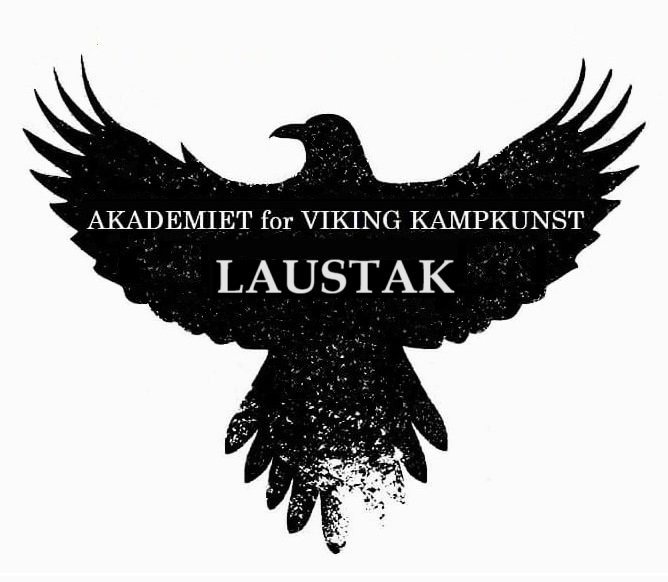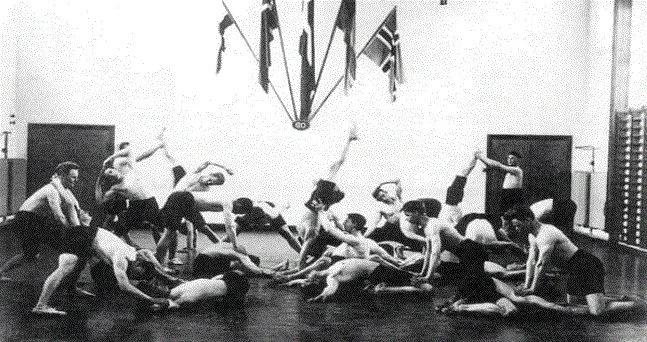DRAGA IS SCANDINAVIAN by Tyr Neilsen
/Draga is not Yoga, wich is deeply rooted in Hinduism, and is inherently tied to this religion. Many of the mantras and chants used in yoga, come from Hindu and Buddhist traditions, which can make it problematic for people who practice different religions, or have no religious affiliation at all.
It's important to note that while both draga and yoga involve physical movement, they have different origins, philosophies, and practices. Draga was developed in Scandinavia. It is not tied to a religion, it is simply a form of natural balance in movement techniques, that have a close connection to nature.
The roots of draga are Scandinavian, and draga is Norwegian, created by a person who spent much of his life out in Norwegian nature. Draga’s philosophy focuses on developing the mind, body, and spirit, with emphasis on the interconnectedness of our relation to nature and natural movement.
By emphasizing natural movement and focusing on unity of mind, body, and spirit, draga offers a path to physical and spiritual wellness, with no religious dogma.
all photographs here are from areas in norway i have practiced draga - tyr neilsen


























